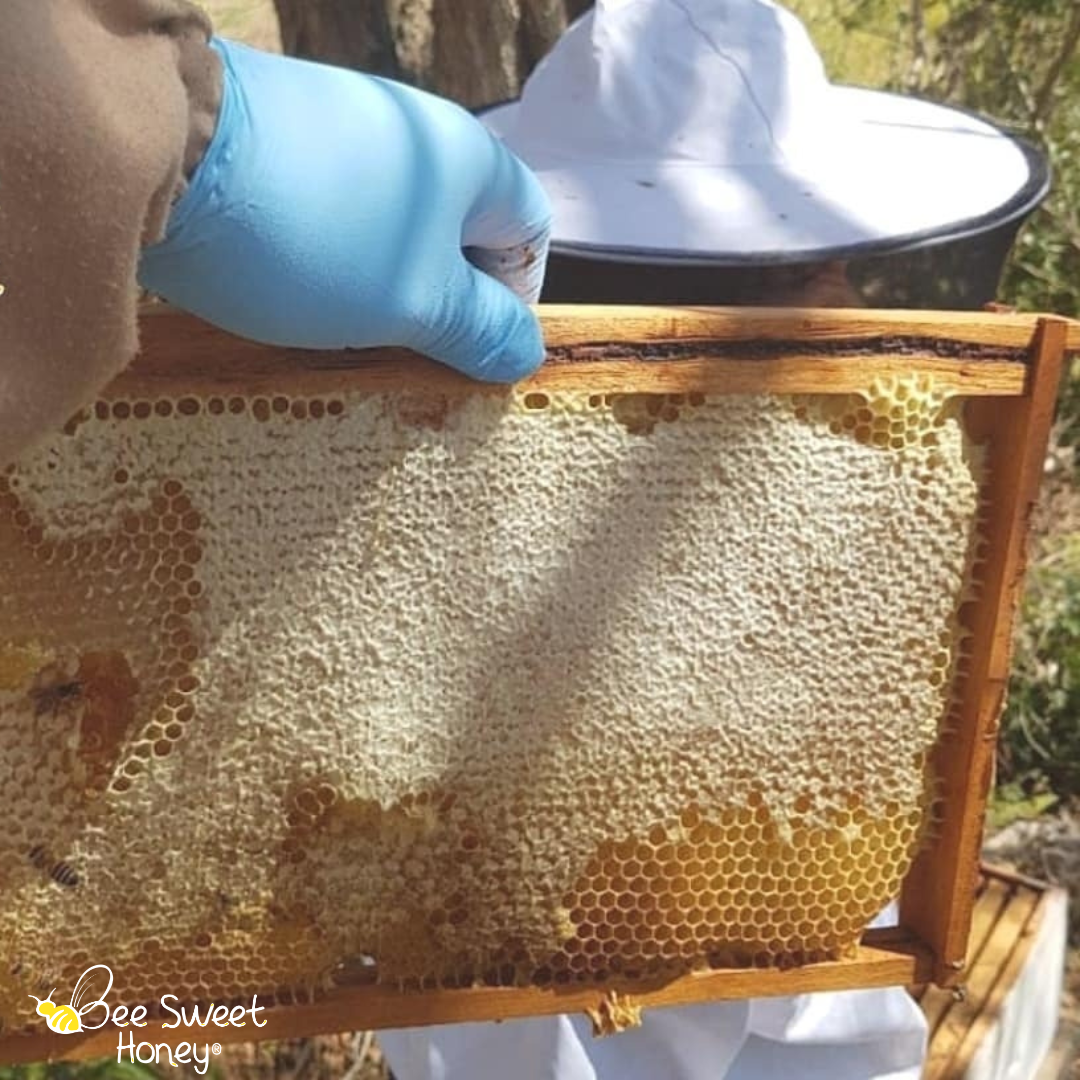Your cart is currently empty!

Why Spring is the Sweetest Season for Beekeeping in Jamaica
Posted by:
|
On:
|
Spring on this island isn’t just a season; it’s an awakening. It’s the scent of rain kissing thirsty earth, and the golden promise of honey flow. Spring beekeeping in Jamaica bursts with life, as bees awaken to rich nectar of blossoms and wildflowers. As a multipotentialite beekeeper, spring represents more than just a change in weather – it’s the start of new possibilities, a season that sparks renewal and growth. Here at Bee Sweet Honey, our bees are in tune with the season, and so am I – tending hives, planting, dreaming, and harvesting the sweetness that nature so generously offers. Today, I invite you into my world, to show you why spring is not only important for the bees, but sacred for us beekeepers and the honey you savor from Bee Sweet Honey.
Awakening the Hives: How Spring Sparks New Life
When the first rains fall and the hills start glowing green again, it’s nature’s call that winter’s rest is over. The bees, sensing longer days and richer blooms, become more active, venturing out to sip nectar from Jamaican favorites like logwood, mango blossom, wild guava, Spanish needle.
For a Caribbean beekeeper like me, spring marks the true beginning of the beekeeping year – a time to get deeply hands-on with the hives. I’m out inspecting each colony, checking for a strong queen, healthy brood, and signs of pests or disease. These hive inspections are vital – the hum, the smell, the weight of each box tells a story about how the bees fared through the dry months and what they need next.
Swarm season is real. As the colonies grow quickly in the warm, floral abundance, I watch closely for swarm signs – queen cells or overcrowded boxes. I might split a strong hive or add extra space to prevent losing half a colony to the wild.
This is also the time to add honey supers, giving the bees more room to store nectar that will ripen into the golden, floral honey we all love. Every decision is deliberate. This season is all about growth – not just for the bees, but for me too. I’m preparing for harvest, maintaining tools, repairing boxes, and keeping a close eye on pests. Beekeeping in spring is a rhythm, a dance, a conversation with nature. And I love it.
Tip: If you’re thinking of starting your own hive, spring is the best time to begin. The bees are ready, the flowers are blooming, and the world feels wide open.

The Flavor of Spring: How Blossoms Shape Bee Sweet Honey
One of the quiet miracles of beekeeping is the realization that honey tastes different depending on the season. In Jamaica, our springtime honey is light, floral, and subtly fruity – thanks to the tropical blooms that fill the landscape. When you taste our spring harvest, you’re tasting the Caribbean in full bloom: a whisper of mango nectar, a hint of wild guava sweetness, subtleness of the Ackee bloom, and a delicate note of logwood’s earthy flowers. This is why I always say our honey isn’t just sweet, it’s a story. It tells you where it’s from, and it tells you when it was made.
Tip: Pair our spring honey with fresh fruits, drizzle it over warm banana bread, or simply spoon it into herbal teas. Let it remind you of the abundance of spring.


Sustainability Starts in Spring: Nurturing Bees, Nurturing the Land
Spring also means checking in with the land itself. At Bee Sweet Honey, we believe in sustainable beekeeping. That means letting our bees feed on naturally growing flora, avoiding harmful chemical sprays, and encouraging a biodiverse environment. By planting native flowering trees and plants, we not only support our bees but countless other pollinators. It’s a small act that feels almost ceremonial – honoring the old ways while preparing the land for the future.
Tip: Want to help bees this spring? Plant something native, skip the pesticides, and let a corner of your garden grow a little wild with natives like like Spanish needle and Jamaican vervain.
Personal Reflection: Lessons from the Bees
Every spring, the bees remind me of something important: growth doesn’t happen overnight. It’s a slow gathering – a sip here, a flight there, a steady commitment to building something golden over time. As a multipotentialite, I often juggle many passions; beekeeping, family, entrepreneurship, creativity, and at times it feels overwhelming. But the bees show me that it’s okay. Each small action matters. Each day of tending, planting, dreaming – it all adds up. This spring, I invite you to move like the bees: steady, intentional, and full of quiet hope.
How to Start Beekeeping in Jamaica
